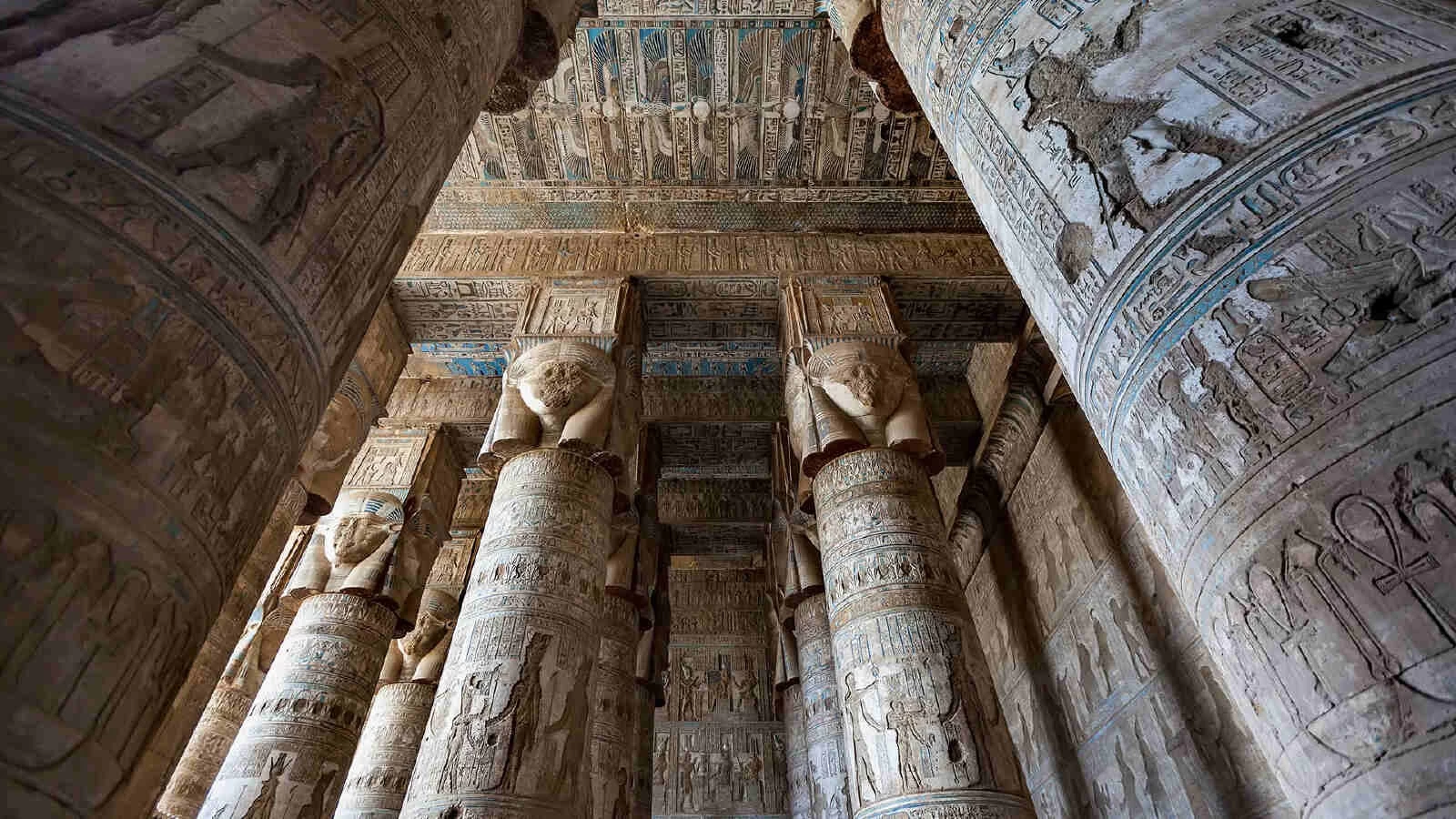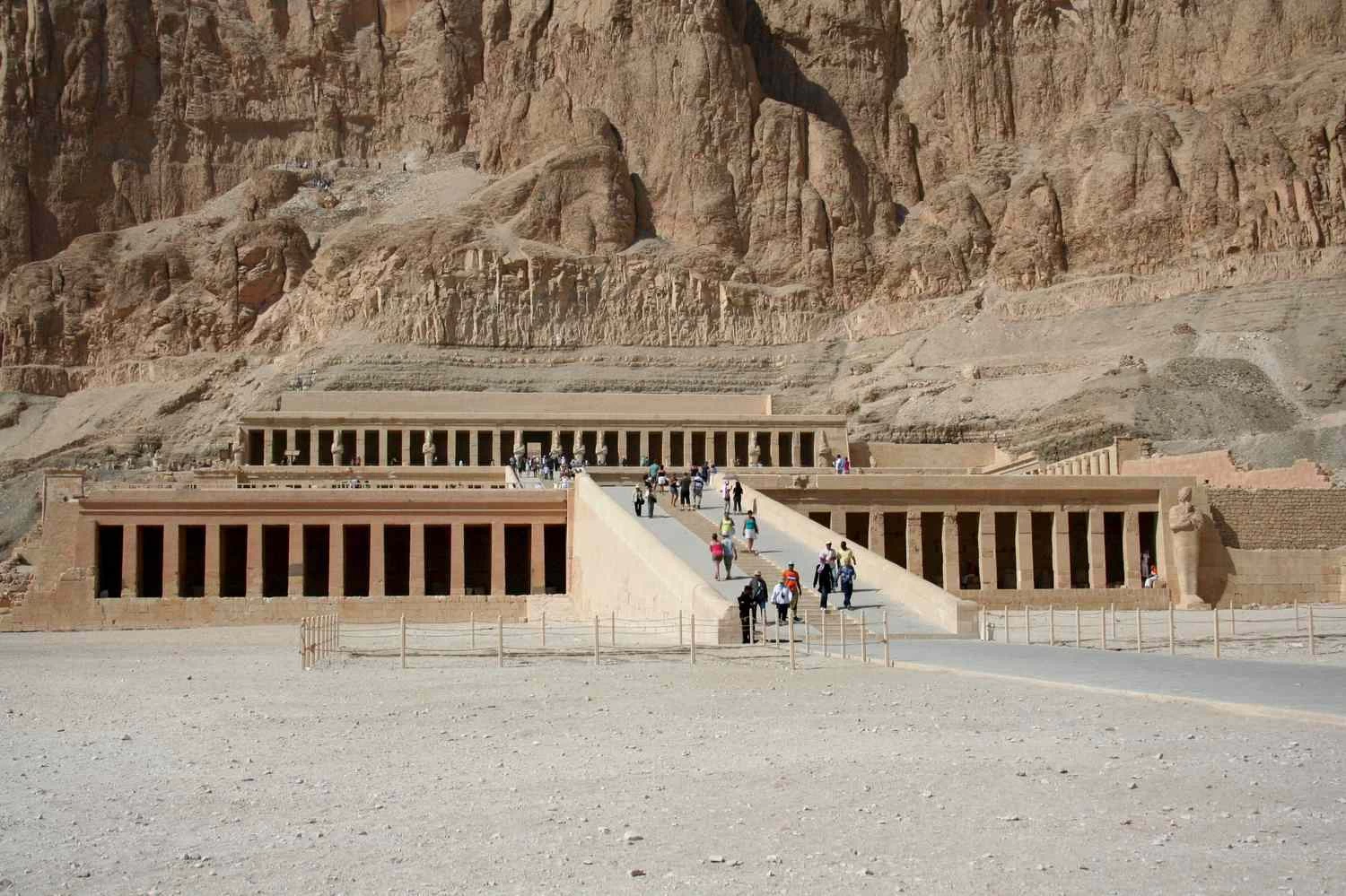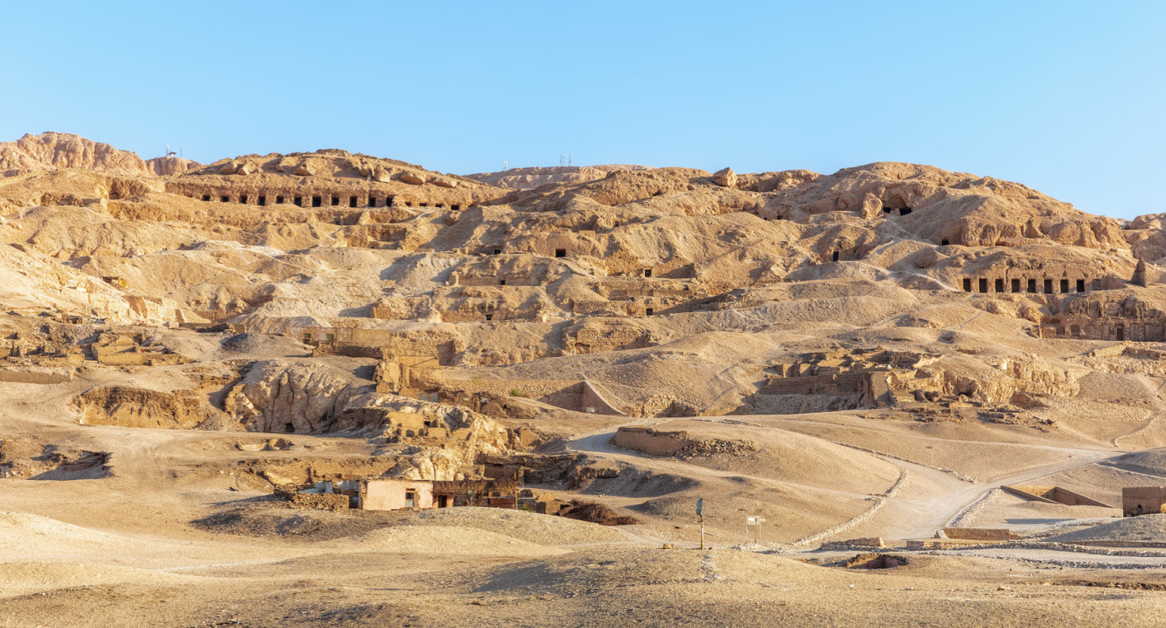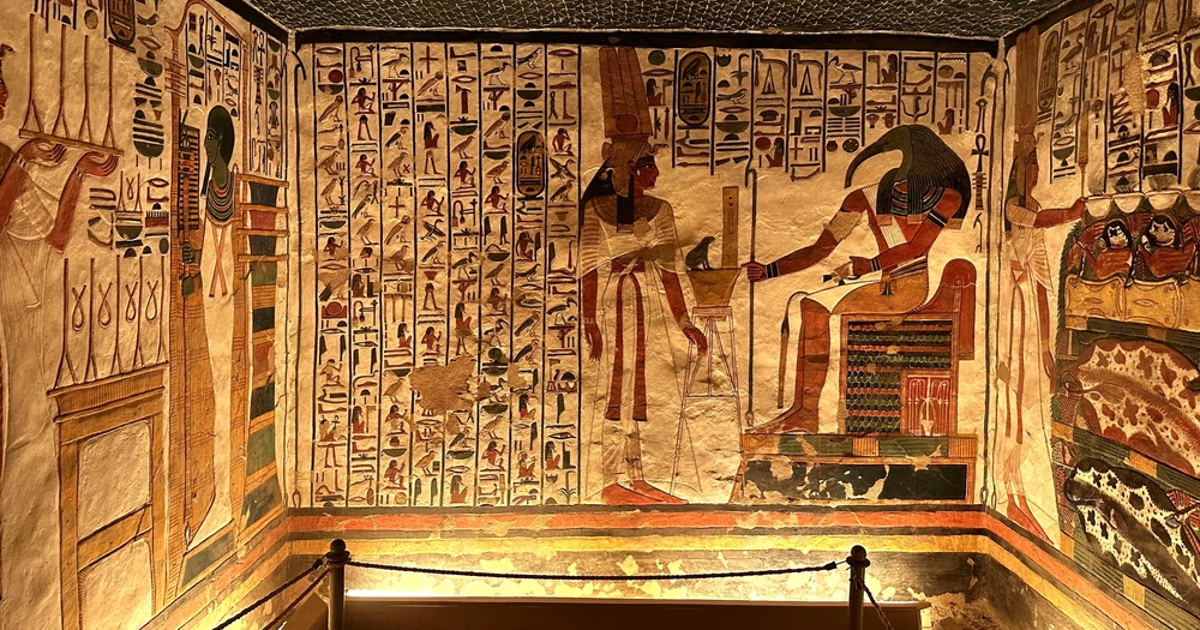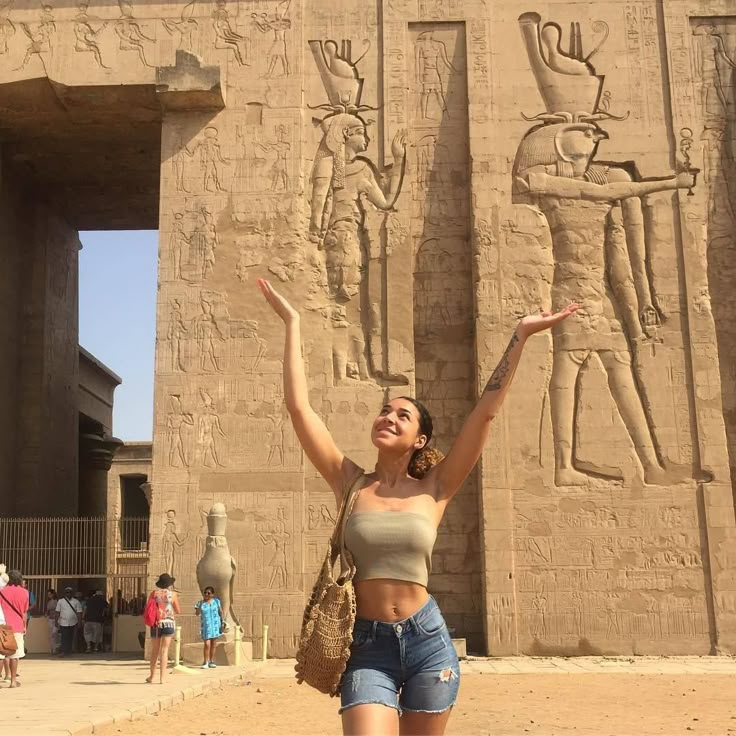Tombs of the Nobles
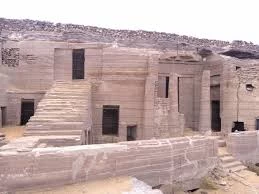
Discover the Tombs of the Nobles - A Hidden Jewel of Ancient Egypt
Where the Valley of the Kings and Queens too often steals the spotlight, just a shadow cast at dusk, the Tombs of the Nobles near Luxor offer a rare and almost unknown view of daily life in ancient Egypt. On the west bank of the Nile, these tombs were constructed for high officials, priests, and nobles who served the pharaohs during the New Kingdom period (c. 1550–1070 BCE). An amazing thing about these Tombs of the Nobles is their intimacy and level of detail—they share individual-life stories and family relationships with you, thus giving you a much more humanized view of ancient Egyptian society. Most notable are the tombs of Nakht with its splendid depiction of agricultural activities, and those of Rekhmire, showing scenes of an official's duties and ceremonies.
Tomb of Nobles visits are often foregone by casual tourists and thus make for a hidden gem in any Luxor day trip itinerary. The venues are tranquil and far from tourist overload, where one can wander and quietly muse on some of the finest New Kingdom artistic works ever to exist. For those inquisitive about Egyptian history apart from that of the Pharaohs, the Tombs of the Nobles offer rare insight into the lives of those who contributed to Egypt's legacy-well worth seeing for every serious traveler and passionate history enthusiast alike when visiting Luxor.
facts about the Tombs of the Nobles
Location: Situated on the West Bank of the Nile near Luxor in the Theban Necropolis, near the Valley of the Kings and the Valley of the Queens.
Purpose: These tombs were constructed to confer honor and eternal burial upon the upper classes.
Decoration: The walls of the tombs are covered in bright and colorful wall paintings with meticulously detailed representations of the life of the deceased, including symbols of religion, funeral rites, agriculture, hunting, and banqueting.
Famous Tombs: Distinguished are the tombs of Nakht, Rekhmire, Menna, and Ramose, each being a different artistic and historical perspective.
Accessibility: Less touristy than the Valley of the Kings and more ideal for visitors seeking a tranquil atmosphere.
Archaeological Value: The inscriptions and scenes found here have promoted historians in their attempts to understand the ancient Egyptian administration, culture, and daily life.
Included in Tours: These tombs are commonly included in some of the Luxor day tours, making for an intellectually stimulating counterpart to some visits to the better-known royal burial sites.
Top Things to Do at the Tombs of the Nobles
The Tombs of the Nobles on the West Bank of Luxor, telling more intimate and human tales about ancient Egyptian life, were once tombs of high officials, priests, and artisans who served the Pharaohs, in whose burial grounds bright stories are told through elaborate art. Included in most Luxor day trips, this site allows travelers to visit tombs decorated with scenes from daily life, worship, and achievements. Here is an itinerary of things to do during a visit:
1. Visit the Tomb of Nakht
Get impressed by scenes of music, agriculture, and family life. The tomb of Nakht, the astronomer and priest, is filled with colors illustrating peaceful scenes of domestic life and temple services.
2. Visit the Tomb of Menna
One of the most famous Tombs, the tomb of Menna, is noted for its depictions of agricultural scenes and land surveying, with excellent insights into life by the Nile.
3. Visit the Tomb of Rekhmire
As vizier to Pharaoh Thutmose III, Rekhmire's tomb contains scenes of his daily duties, the foreign tribute, and administrative tasks, extremely important for a study of New Kingdom administration.
4. Visit the Art in the Tomb of Ramose
In the tomb of Ramose, art from the last days of Amenhotep III and the early days of Akhenaten is represented, a blend of traditional and Amarna styles, and a must for art historians and lovers alike.
5. Observe Hospitals of Daily Life in Ancient Egypt
Unlike the royal tombs, these tombs focus on ordinary life—workers, banquets, farming, and rituals. It's one of the few places where one can feel that real touch of humanity behind the empire.
6. Walk in the Stillness of the Necropolis Hills
Absorb the serene atmosphere away from the throngs of tourists. The Tombs of the Nobles have, in recent history, been somewhat neglected, the perfect situation for quiet reflection interspersed with casual exploration.
Guide to Visiting the Tombs of the Nobles
Set up in rocky cliffs, and away from the crowds of visitors that throng the Valley of the Kings, the Tombs of the Nobles provide a quieter atmosphere for contemplation of Egyptian life. All you need before you go: location, opening hours, entry tickets, how to get there, what to bring, tips, and more:
Location
Located in Sheikh Abd el-Qurna on the West Bank of the Nile, near other major sites like the Valley of the Kings, Deir el-Medina, and Medinet Habu.
Opening Hours
Daily: 6:00 AM – 5:00 PM
Best to go early morning or late afternoon to escape the noon heat.
Entry Tickets
Tickets are purchased at the West Bank ticket office near the Colossi of Memnon.
Typically, entry is by grouped tombs (for example, Tombs of Ramose, Userhat, and Khaemhet).
Prices range from 100–200 EGP, depending on which tombs you choose.
How to Get There
Take a taxi, private tour, or ferry across the Nile from Luxor East Bank. Then it is just a short drive to the site.
It is a very popular place with tourists as most have it on their list of places to visit during a Luxor day trip, along with a few other nearby sites.
What to Bring
-Comfortable walking shoes (rocky terrain)
-Sunscreen, hat, and water (very little shade)
-Camera (check photo policy—some tombs require a photo ticket)
Tips for Visiting
-Hire a guide or download an audio guide if you want to get the stories related to the tomb art.
-Not all tombs are open simultaneously: check which are accessible when you arrive.
-Enjoy the peaceful silence; tombs are small and rarely crowded.
